Sea freight is an essential component of global trade, facilitating the transportation of goods over vast distances. China, as one of the world's largest manufacturing hubs, plays a critical role in international shipping and logistics. This article provides a detailed overview of sea freight from China to various destinations worldwide, exploring its processes, advantages, challenges, and frequently asked questions.
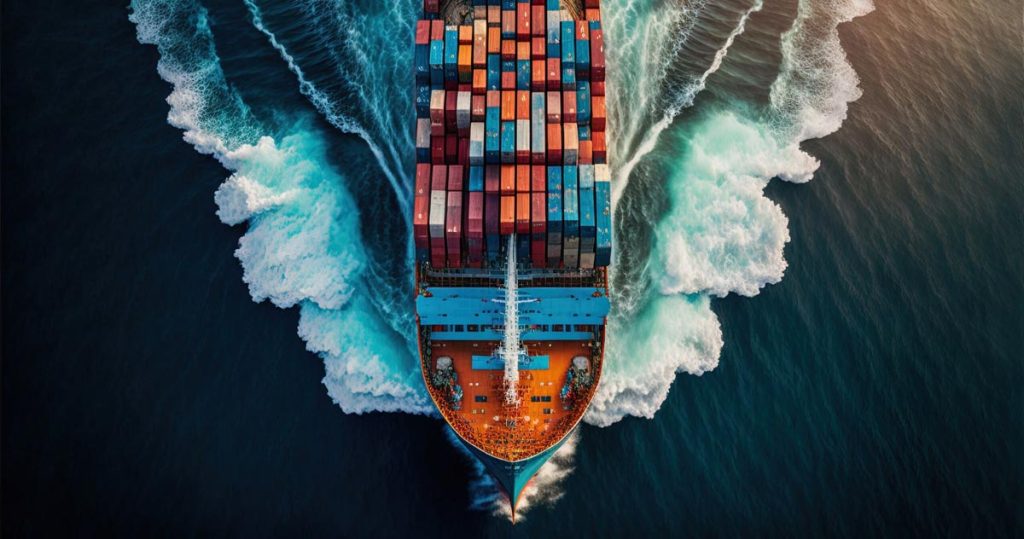
In an interconnected world, trade by sea accounts for approximately 90% of global merchandise transport. Sea freight is particularly advantageous for bulk shipments, heavy cargo, and items that do not require fast delivery. As such, businesses rely on this mode of transport for both import and export operations.
China's prominence in global trade cannot be overstated. With a robust manufacturing sector producing electronics, textiles, machinery, and more, the volume of goods shipped from China continues to rise. China's major ports, including Shanghai, Shenzhen and Ningbo, serve as crucial gateways for international shipping, connecting suppliers to markets around the world.
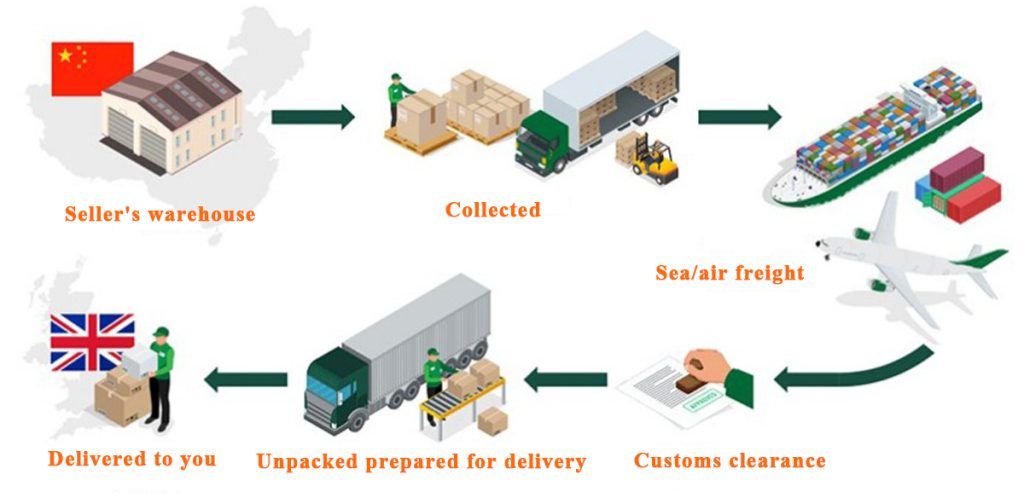
Full Container Load (FCL): FCL involves dedicating an entire container to a single shipper's cargo. This option is cost-effective for larger shipments and reduces the risk of damage.
Less than Container Load (LCL): LCL allows multiple shippers to share a single container, making it a suitable choice for smaller shipments. While it may incur higher per-unit costs, it offers flexibility for businesses with different shipping sizes.
Breakbulk: This method is used for oversized or irregularly shaped cargo that does not fit into standard containers. Breakbulk shipping often involves additional handling and logistics.
Roll-on/Roll-off (RoRo): RoRo ships are designed to carry wheeled cargo, such as cars and trucks, that can be driven on and off the ship.
The sea freight process involves several key steps:
Booking: Once the shipper has decided on the type of service, they must book space with a freight forwarder or directly with a shipping line.
Documentation: Essential documents include the bill of lading, commercial invoice, packing list, and any required customs paperwork.
Packing and Loading: Cargo must be packed securely to withstand the rigors of sea travel. It is then loaded onto the ship at the port of origin.
Transport: The vessel transports cargo across international waters to the port of destination.
Unloading and Customs Clearance: On arrival, the cargo is unloaded, and the necessary customs procedures are completed before release to the consignee.
Delivery: Finally, the goods are transported to their final destination, either by truck or rail.
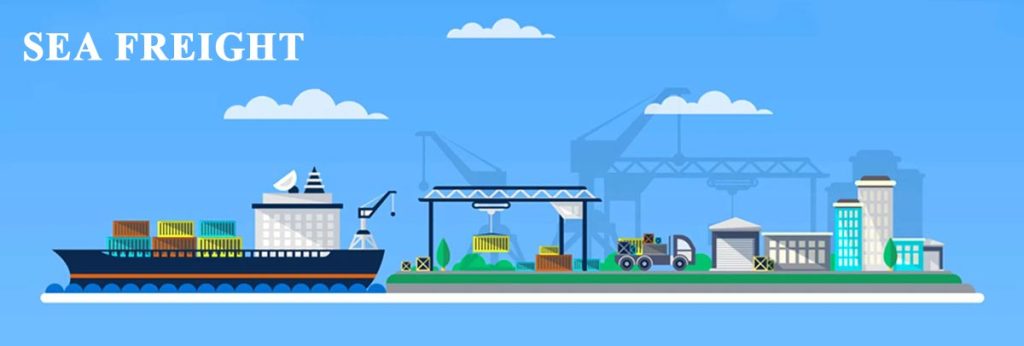
Cost-Effective: Sea freight is generally cheaper than air freight, especially for large volumes and bulk commodities.
Capacity: Ships can carry large quantities of goods, making them ideal for international trade.
Variety of Cargo: Sea freight can accommodate a wide range of cargo types, from perishable goods to heavy machinery.
Environmentally Friendly: Compared to other modes of transport, shipping by sea has a lower carbon footprint per ton-mile, making it a more sustainable option.
Safety: Modern ships are equipped with advanced technology and safety measures to protect cargo during transit.
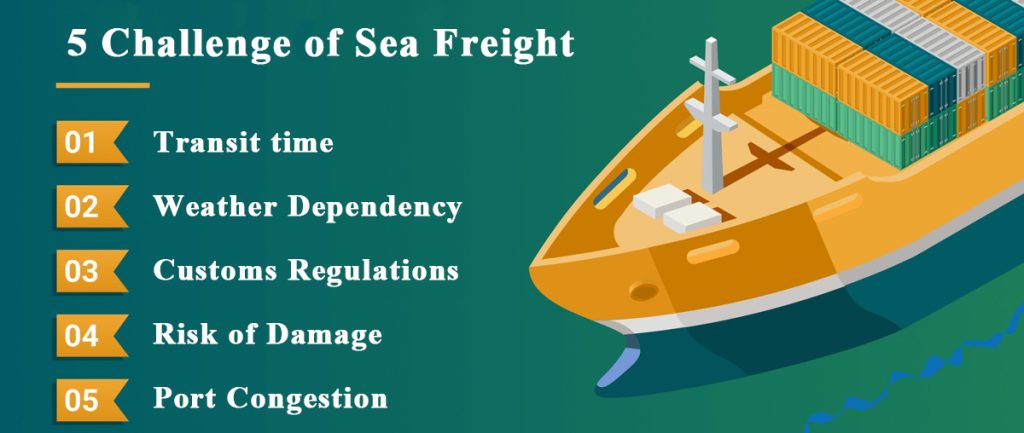
Transit Time: Sea freight usually takes longer than air freight. Businesses should account for lead times in their supply chain planning.
Weather Dependency: Adverse weather conditions can disrupt shipping schedules, resulting in delays.
Customs Regulations: Navigating international customs can be complex, requiring knowledge of regulations in both exporting and importing countries.
Risk of Damage: While shipping practices have improved, there is still a risk of cargo damage or loss during transport.
Port Congestion: Major ports may experience congestion, affecting loading and unloading times and causing delays.
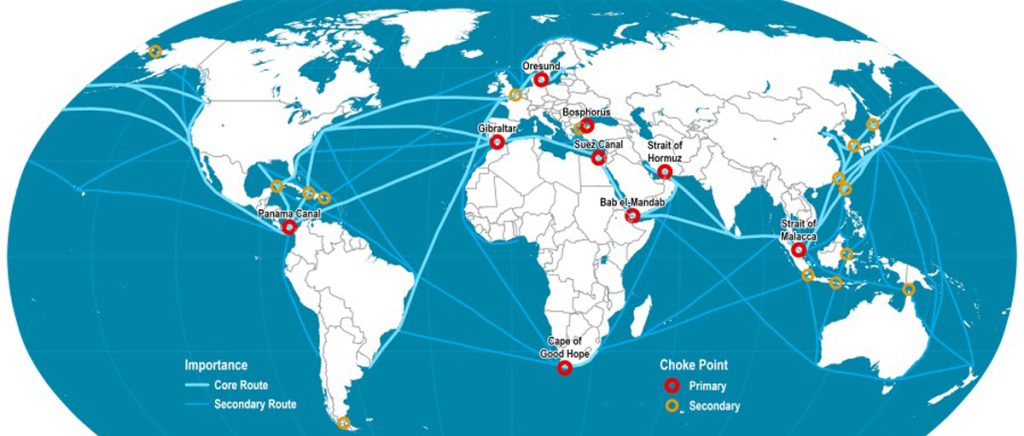
The primary shipping route from China to North America typically involves major ports like Los Angeles, New York, and Vancouver. This route primarily serves industries such as technology, apparel, and consumer goods.
European ports such as Rotterdam, Hamburg and Felixstowe receive of electronics, textiles and consumer goods, supporting the region's rapid economic growth.
The trade relationship between China and Africa has been strengthening, with major shipping routes linking Chinese ports to cities such as Durban, Mombasa and Lagos. This route mainly involves machinery, construction materials and electronics, contributing to Africa's development initiatives.

Numerous shipping companies operate worldwide, providing a variety of sea freight services. Some of the largest include:
Maersk: One of the world's leading shipping companies, Maersk offers comprehensive services on many trade routes.
MSC (Mediterranean Shipping Company): Known for its extensive fleet and global reach, MSC handles a significant volume of container traffic.
CMA CGM: A French shipping giant that operates numerous routes from China to destinations around the world.
COSCO Shipping: A major player in the Asian market, COSCO also has a substantial global presence.
Freight forwarders play an essential role in the logistics chain by coordinating shipments on behalf of importers and exporters. They manage documentation, customs clearance, and transportation arrangements, ensuring smooth delivery from origin to destination.
Customs brokers are specialized agents who facilitate the import and export of goods, navigating complex customs regulations. They ensure compliance with legal requirements and help expedite the clearance process.

The logistics industry is increasingly adopting digital technologies, streamlining operations and enhancing transparency. Online platforms allow shippers to track their shipments in real time, access quotes, and manage documentation more efficiently.
Ports around the world are embracing automation to improve efficiency and reduce turnaround times. Automated cranes, robotic loading systems, and smart containers enhance the accuracy and speed of cargo handling.
With growing environmental concerns, shipping companies are implementing sustainable practices. Initiatives include using cleaner fuels, optimizing routes to reduce emissions, and investing in eco-friendly vessels.
As global trade dynamics continue to evolve, the future of sea freight from China looks promising. Trade agreements, the rise of e-commerce, and advances in logistics technology are expected to drive further growth. However, challenges such as geopolitical tensions, supply chain disruptions, and regulatory changes will require continued adaptation by businesses and logistics providers.
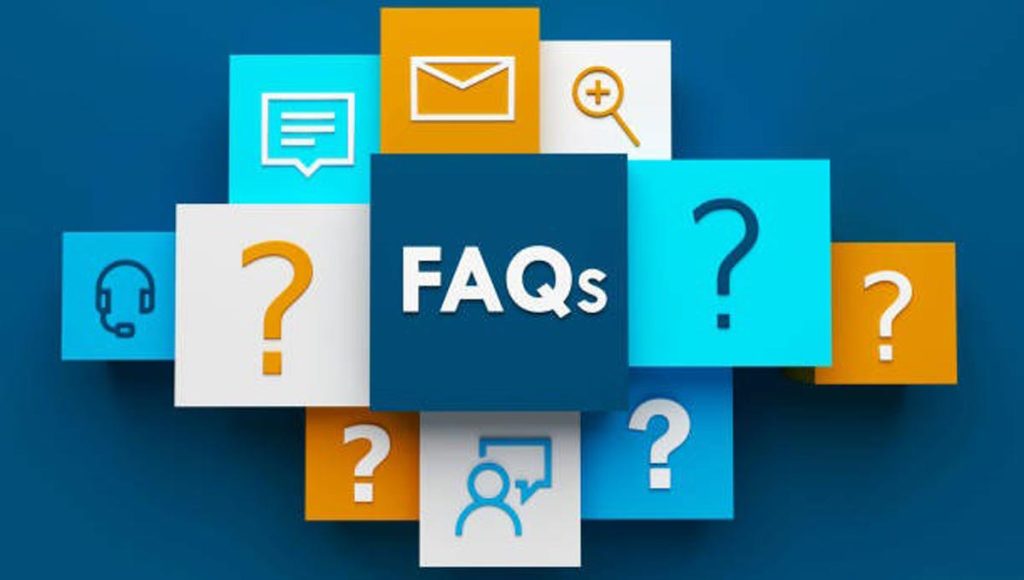
Transit times vary depending on the destination. For example:
China to North America: Approximately 25 to 40 days
China to Europe: Around 30 to 50 days
China to Australia: Between 15 to 30 days
China to Asia: Generally 5 to 15 days
Sea freight costs are influenced by several factors, including:
While not mandatory, insuring your cargo is highly recommended. Marine cargo insurance protects against potential risks such as damage, loss, or theft during transit.
Key documents typically include:
Consider the following when selecting a freight forwarder:
Customs clearance can be complex due to different regulations in different countries. It is crucial to work with a knowledgeable customs broker to ensure compliance and avoid delays. Be prepared to provide all necessary documentation and information regarding your shipment.
Yes, most shipping lines and freight forwarders offer tracking services that allow you to monitor your shipment's status in real time. Make sure you receive a tracking number when booking your shipment.
Certain items may be subject to restrictions or prohibitions depending on the destination country. Always check local import regulations and ensure compliance before shipping.
To protect your cargo during transit:
Sea freight from China to destinations worldwide serves as a cornerstone of international trade, enabling businesses to access a diverse range of products at competitive prices. While there are challenges associated with this mode of transport, the advantages it offers make it indispensable for global commerce. By understanding the intricacies of sea freight, from shipping processes to logistics management, businesses can better navigate the complexities of international trade and ensure successful shipments.
For more information on sea freight and logistics, consider exploring the following resources:
International Maritime Organization (IMO): Provides guidance and regulations on shipping safety and environmental standards.
World Trade Organization (WTO): Offers insights into global trade practices and agreements affecting shipping routes.
Freight Forwarder Associations: Organizations such as the Freight Management Association (FMA) or the International Federation of Freight Forwarders Associations (FIATA) provide support and resources for logistics professionals.
Shipping Line Websites: Major shipping companies often provide valuable information about their services, transit times, and costs on their websites.
By leveraging these resources and constantly updating knowledge on sea freight, businesses can enhance their logistics strategies, reduce costs, and improve delivery efficiency – all essential components for thriving in today's competitive market.
Keep in mind that the sea freight landscape is constantly changing due to various factors including technological advances, shifts in global demand, and changes in trade policies. Staying adaptable and informed will position your business well for future opportunities in international shipping.